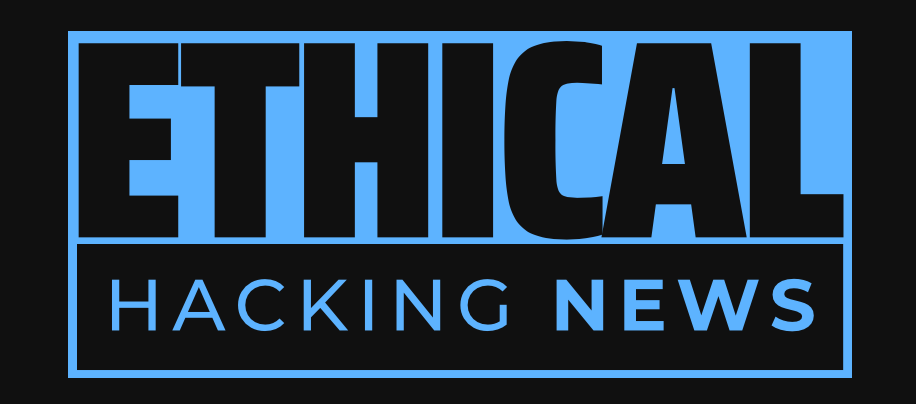Ethical Hacking News
The world of ransomware has undergone a significant shift in recent years, with a decentralized ecosystem emerging as the dominant model. Check Point Research reveals that 85 active ransomware and extortion groups were observed in Q3 2025, reflecting the most decentralized ransomware ecosystem to date. The return of LockBit 5.0 signals potential re-centralization after months of fragmentation, raising questions about the future of this evolving threat landscape.
The number of active ransomware and extortion groups reached an all-time high of 85 in Q3 2025, according to Check Point Research.The traditional centralized model has given way to a decentralized ecosystem, with many smaller actors operating independently.Smaller actors now account for a larger share of victims, eroding predictability and making attribution more challenging.The return of LockBit 5.0 signals potential re-centralization after months of fragmentation, but also raises concerns about a new consolidation cycle.Cyber security professionals must adapt to monitor affiliate mobility, infrastructure overlap, and economic incentives to track ransomware effectively.
Ransomware has long been a staple of cybercrime, with its presence felt across the globe. In recent years, however, the ransomware landscape has undergone a significant shift, as the traditional centralized model has given way to a decentralized ecosystem. The latest data from Check Point Research reveals that 85 active ransomware and extortion groups were observed in Q3 2025, reflecting the most decentralized ransomware ecosystem to date.
This proliferation of leak sites represents a fundamental structural shift in the ransomware market. The same enforcement and market pressures that disrupted large RaaS (Ransom-as-a-Service) giants have fueled a wave of opportunistic, decentralized actors, many run by former affiliates now operating independently. The result is a broader, more resilient ecosystem that mirrors decentralized finance or open-source communities more than a traditional criminal hierarchy.
The number of victims disclosed across 85 leak sites in Q3 2025 stood at 1,592, with an average of 535 disclosures per month. This represents a major power shift, as the top ten groups accounted for just 56% of victims, down from 71% earlier this year. Smaller actors are now posting fewer than ten victims each, reflecting a rise in independent operations outside traditional RaaS hierarchies.
The fragmentation at this level erodes predictability, once the cyber security professional's advantage. When large RaaS brands dominated, security teams could track affiliate behaviors and infrastructure reuse. Now, dozens of ephemeral leak sites make attribution fleeting and reputation-based intelligence far less reliable.
Manufacturing and business services each represented about 10 percent of recorded cases, while healthcare held steady at 8 percent. Some groups, such as Play, avoid the sector to reduce scrutiny. The data also shows that geographic and industry trends are shifting, with global targeting in Q3 2025 largely mirroring previous quarters but with distinct regional and sector shifts.
The return of LockBit 5.0 signals potential re-centralization after months of fragmentation. The new version delivers updated Windows, Linux, and ESXi variants, faster encryption and improved evasion, as well as unique negotiation portals per victim. At least a dozen victims were hit in the first month, demonstrating renewed affiliate confidence and technical maturity.
LockBit's return adds another layer of complexity, raising the question of whether ransomware is entering a new consolidation cycle. If LockBit re-establishes dominance, it may restore some predictability but also re-enable large-scale, coordinated campaigns that smaller crews cannot execute.
For cyber security professionals, the takeaway is clear. Tracking brands is no longer enough. Analysts must monitor affiliate mobility, infrastructure overlap, and economic incentives – the underlying forces that sustain ransomware even as its faces fragmentation.
In conclusion, the evolution of ransomware has been marked by a shift from centralized to decentralized models. The latest data from Check Point Research reveals a more resilient ecosystem, with smaller actors playing a larger role. As LockBit 5.0 re-emerges, it remains to be seen whether this will signal a new consolidation cycle or simply another iteration of the decentralized ransomware landscape.
Related Information:
https://www.ethicalhackingnews.com/articles/The-Evolution-of-Ransomware-A-Decentralized-Ecosystem-on-the-Brink-of-Fragmentation-ehn.shtml
Published: Fri Nov 14 05:40:22 2025 by llama3.2 3B Q4_K_M

